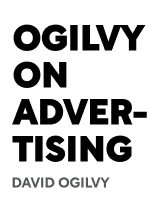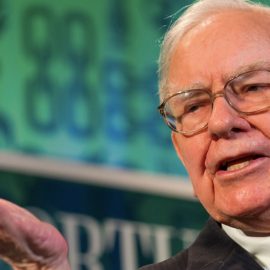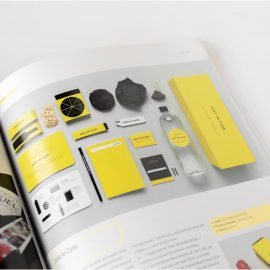

This article is an excerpt from the Shortform book guide to "Ogilvy On Advertising" by David Ogilvy. Shortform has the world's best summaries and analyses of books you should be reading.
Like this article? Sign up for a free trial here .
What is B2B advertising? How is it different from traditional advertising, and what is it trying to achieve?
B2B advertising is a specialized type of advertising for commodity industrial products. It’s when businesses advertise to one another instead of consumers.
Read more about B2B advertising and how it works.
B2B Advertising for Commodity Products
The last type of specialized advertising is for commodity industrial products, such as bolts or washers, that have nothing unique about them. The best way to advertise these is to differentiate from the competitor’s versions by offering the product or service at a lower cost and providing better quality. This is called B2B advertising.
- B2B ads example: When fuel prices went up in 1972, Owens-Corning advertised their insulation as the insulation of choice for lowering the fuel costs of old houses.
To effectively advertise commodity products and create good B2B ads:
Tip #1: Make it as easy as possible to contact your company. To do this:
- Include a toll-free number in your ads.
- In your print ads, include both a coupon for requesting additional information and a business reply card (a postcard with prepaid postage).
- Put your offer, phone number, and address at the end of your ad. Business publications are read by more than one person, so this ensures that even if someone has already sent off the coupon or reply card, your contact information is still available for the next reader.
Tip #2: Keep data on who responds to your ads. To do this:
- Ask responders why they got in touch—do they want your product right now, in the future, or do they want a salesperson to contact them?
- Ask the salespeople who speak with the respondents whether they ultimately made a sale or think they’ll make a sale in the future. Also ask how many respondents are existing customers, or new customers who are likely to become regulars.
- Keep track of where the responses are coming from so you can better manage your advertising budget. (Shortform example: If you’re receiving many response cards from a magazine ad, but none from a newspaper ad, consider skipping the newspaper advertising, and put the money towards something else.)
Tip #3: Consider creating two sets of advertising, one targeted at specifiers and one targeted at the executives who will approve the purchases. These groups of people have different interests—specifiers want the details about a product, while executives have bigger-picture concerns, such as cost savings.
Considering the B2B examples above, you’ll have a better sense of how to create these ads in order for them to be effective.

———End of Preview———
Like what you just read? Read the rest of the world's best book summary and analysis of David Ogilvy's "Ogilvy On Advertising" at Shortform .
Here's what you'll find in our full Ogilvy On Advertising summary :
- What the "father of advertising" has learned from his decades' of experience
- How to craft easy-to-understand ads that work
- The 6 pioneers of the advertising industry






